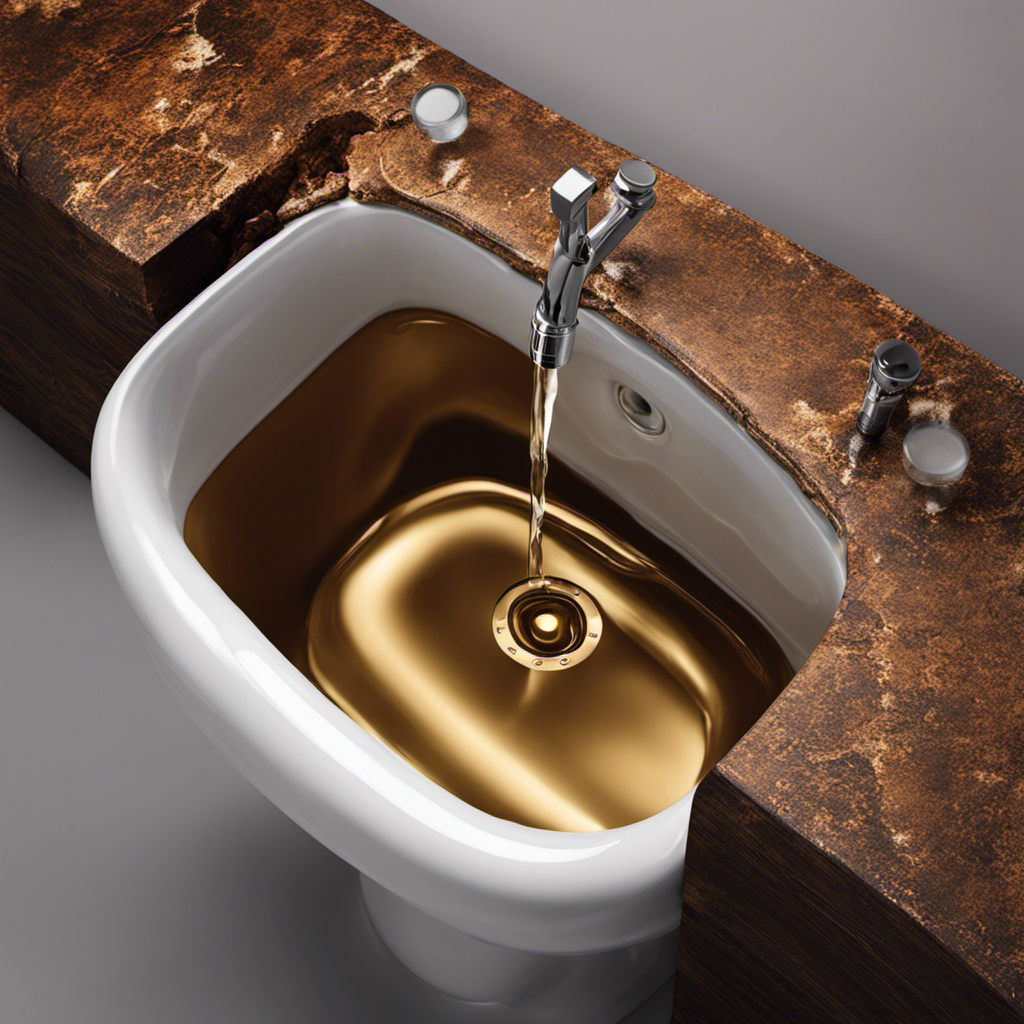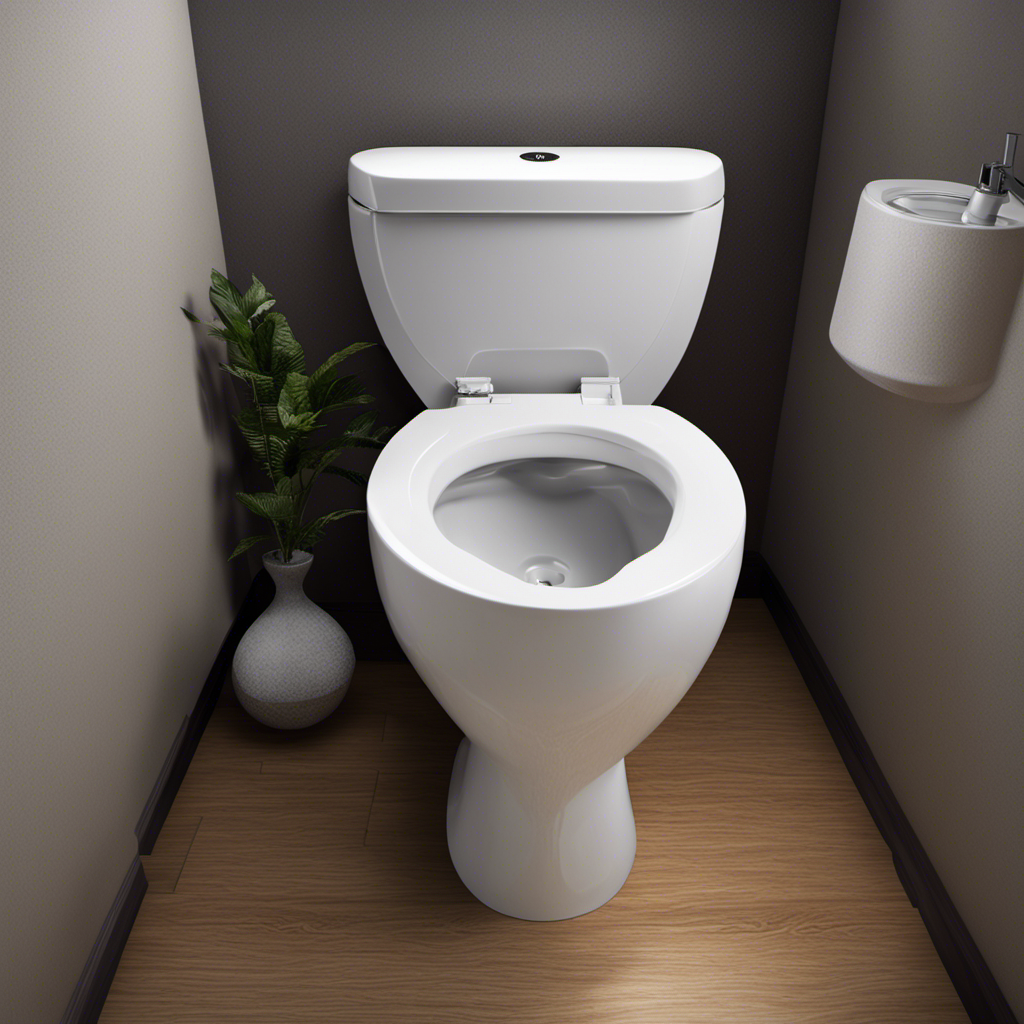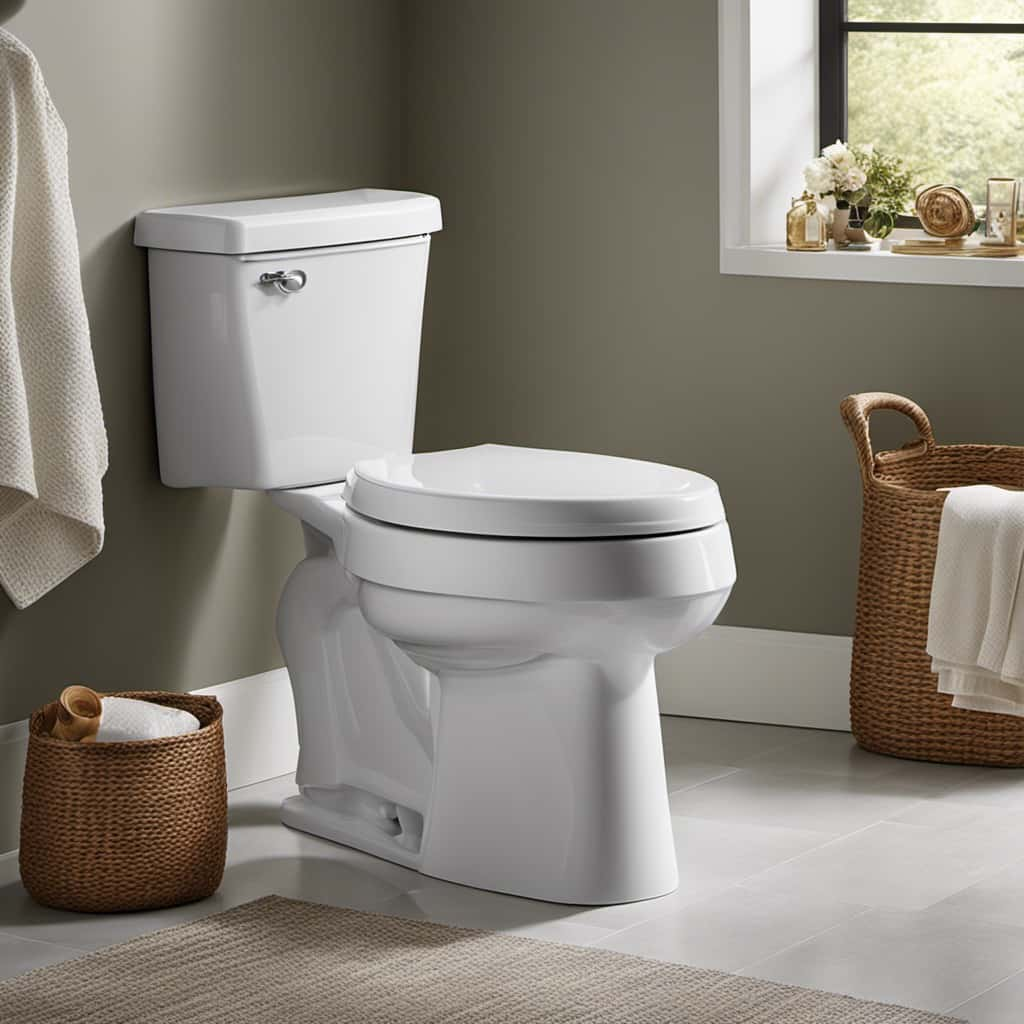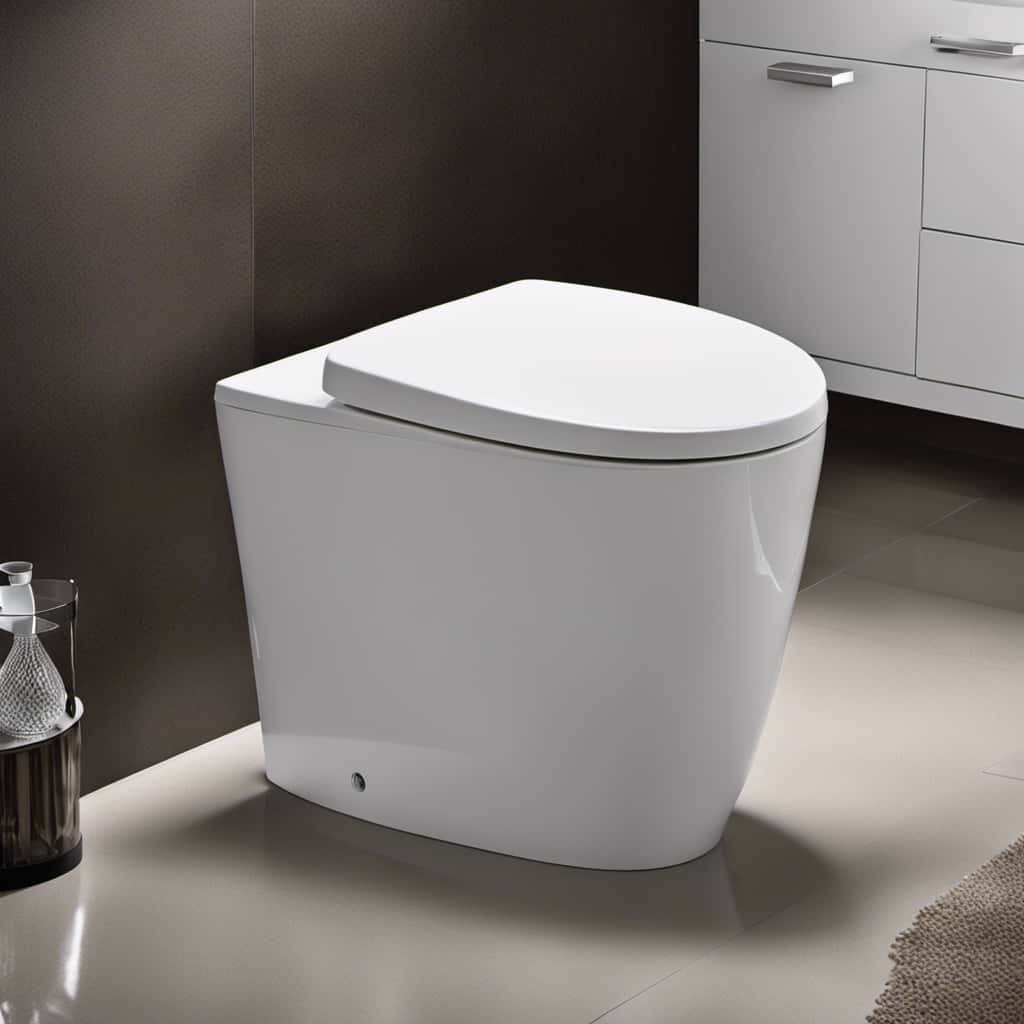Are you wondering why your toilet is leaking from the tank? Well, don’t worry, you’re not alone. Toilet tank leaks can be a frustrating issue to deal with.
But fear not, because in this article, we will explore the common causes of these leaks, how to identify them, and provide you with DIY solutions to fix the problem.
So, before you call a professional, let’s dive into the world of toilet tank leaks and find out what you can do to tackle the issue yourself.
Key Takeaways
- Faulty flapper, cracks in the tank, water supply issues, faulty fill valve, and faulty tank bolts are common causes of toilet tank leaks.
- Pooling water, constant hissing, high water bills, and mold or mildew formation are signs that indicate a leaking toilet tank.
- DIY solutions for fixing a leaky toilet tank include identifying the source of the leak, tightening fittings, replacing faulty parts, and inspecting the tank for cracks.
- It is advisable to call a professional for toilet tank leaks if there is continuous water flow, mold or mildew growth, water damage, high water bills, or if assistance is needed with repairs.
Common Causes of Toilet Tank Leaks
One of the most common causes of toilet tank leaks is a faulty flapper. The flapper is a rubber valve that seals the opening at the bottom of the tank and controls the flow of water into the bowl. When the flapper becomes worn or damaged, it can no longer create a tight seal, leading to water leakage.
Another potential cause of toilet tank leaks is cracks in the tank itself. These cracks can develop over time due to age, pressure, or impact.
Additionally, water supply issues can contribute to tank leaks. If the water supply line is not properly connected or if there is a problem with the valve that controls the water flow, it can result in water leaking from the tank.
How to Identify a Leaking Toilet Tank
To identify a leaking toilet tank, you can check for water pooling around the base or listen for a constant hissing sound. Here are four signs that indicate your toilet tank may be leaking:
-
Pooling water: If you notice water accumulating around the base of the toilet, it is a clear indication of a leak. This could be caused by a cracked tank or faulty seals.
-
Constant hissing: A constant hissing sound coming from the toilet tank suggests that water is continuously leaking. This could be due to a faulty fill valve or flapper.
-
High water bills: A sudden increase in your water bills without any explanation could be a sign of a leaking toilet tank. The constant leak leads to wasted water and higher costs.
-
Mold or mildew: If you notice mold or mildew forming around the toilet base or nearby walls, it could be a result of continuous moisture from a leaking tank.
If you observe any of these signs, it’s crucial to address the issue promptly to avoid further damage. Depending on the severity of the leak, you may need to consider toilet tank replacement to ensure a proper fix.
Fixing a Leaky Toilet Tank: DIY Solutions
If you’re experiencing a leaky toilet tank, there are DIY solutions available to fix the problem. Troubleshooting toilet leaks can be a frustrating experience, but with the right knowledge and tools, you can successfully repair your toilet tank.
Here are some steps you can take to fix the issue:
-
Identify the source of the leak: Check the water supply line, fill valve, flush valve, and tank bolts for any signs of leakage.
-
Tighten the fittings: Use an adjustable wrench to tighten any loose fittings or connections.
-
Replace faulty parts: If the leak persists, you may need to replace the fill valve, flush valve, or tank bolts. Refer to the manufacturer’s instructions or consult a professional for guidance.
-
Inspect the tank for cracks: If there are visible cracks in the tank, it may need to be replaced entirely.
Remember to turn off the water supply and drain the tank before attempting any repairs. If you’re unsure or uncomfortable with DIY repairs, it’s best to seek professional help for toilet tank repair.
When to Call a Professional for Toilet Tank Leaks
When dealing with a leaky toilet tank, it’s important to know when it’s time to call in a professional for assistance. Here are the signs of a serious toilet tank leak that indicate you should hire a plumber:
-
Continuous water flow: If water keeps running into the tank even when the toilet is not in use, it could be a sign of a serious leak.
-
Mold or mildew growth: If you notice mold or mildew around the toilet tank or on the floor, it could indicate a hidden leak that needs professional attention.
-
Water damage: If you see water stains or damage on the walls, ceiling, or floor near the toilet tank, it’s a clear sign that there is a leak that requires professional help.
-
High water bills: If your water bills suddenly skyrocket without any change in your water usage, it could be due to a hidden toilet tank leak.
If you notice any of these signs, it’s time to call a plumber to fix the issue and prevent further damage.
In the next section, we will discuss preventive maintenance tips to avoid future toilet tank leaks.
Preventing Toilet Tank Leaks: Maintenance Tips
Regular maintenance can help prevent leaks in your toilet tank. To keep your tank in optimal condition, it is important to use effective cleaning methods.
Start by turning off the water supply and flushing to empty the tank. Then, use a toilet brush and a mixture of vinegar and water to scrub the inside of the tank, removing any mineral deposits or grime. Rinse thoroughly and turn the water supply back on.
Additionally, consider eco-friendly solutions for preventing toilet tank leaks. One option is to install a dual-flush system, which allows you to choose between a partial or full flush, saving water and reducing the strain on your tank.
Another eco-friendly solution is to use a tank bank, a device that displaces water in the tank, reducing the amount used per flush.
Conclusion
In conclusion, toilet tank leaks can be a frustrating and costly problem. By identifying the common causes and taking necessary maintenance steps, you can prevent leaks and save yourself from unnecessary expenses.
Remember to regularly check for leaks, replace faulty parts, and ensure proper installation. By doing so, you can maintain a leak-free toilet and avoid any potential water damage.
Don’t let a leaky toilet tank disrupt your peace of mind; take action today and keep your bathroom in top shape.










